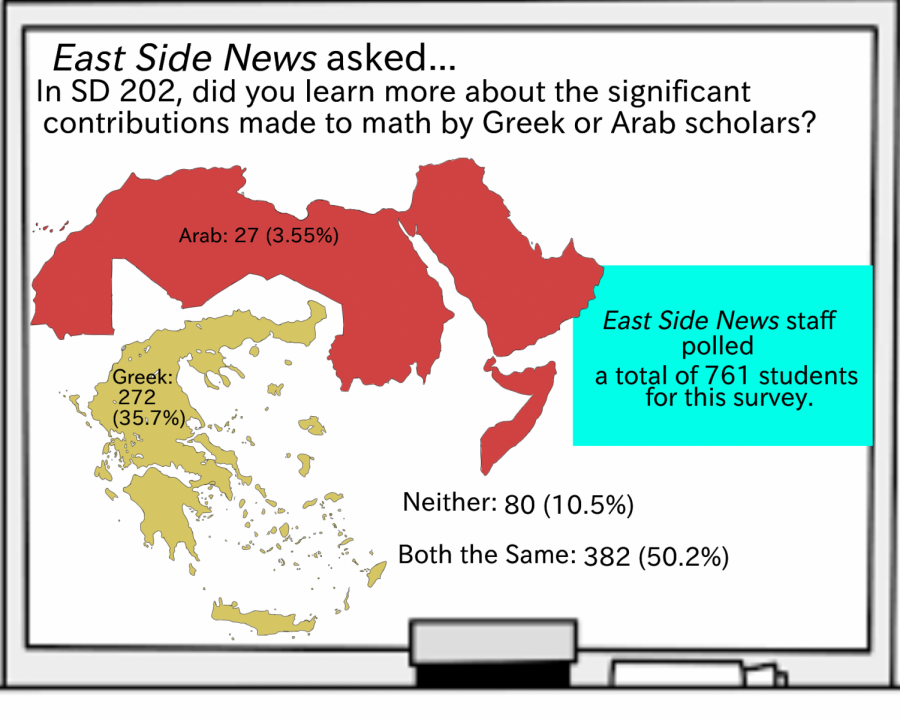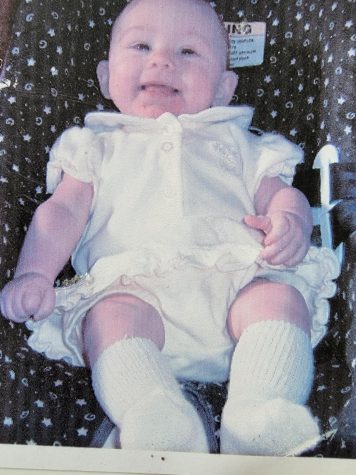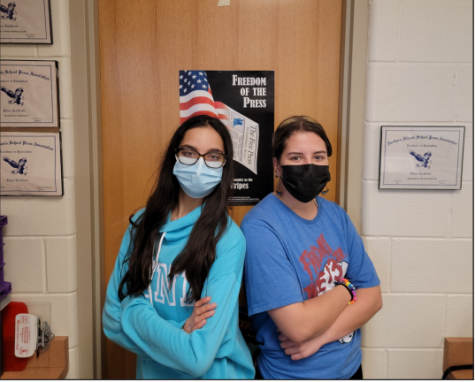Editorial: improvement for a more diverse curriculum holds great importance
With the push from many people to reevaluate curriculums across the United States for their representation and cultural awareness, a new curricular diversity committee at Plainfield East plans to investigate and improve the curriculum.
In the augmentation of the committee, East must emphasize the direct input of voices from all walks of life and throughout history; for there is always room for improvement based on the current curriculum.
East sports a highly qualified team of educators and administrators, in conjunction with a diverse student body.
A closer look at the diversification of the curriculum is only beginning; many teachers implement lessons concerning peoples across various avenues of history and current time.
Kady Fairfield, humanities teacher, includes a #WCW lesson (Woman Crush Wednesday) every week, which focuses on women from a variety of cultural backgrounds. Lessons like this should be the standard, not the exception.
Attention must be brought to subjects all across the curriculum.
Consider that redlining and gentrification consequences could be emphasized in courses like Architectural CAD (Computer-aided design) I and II.
And what about mentioning, in physical education courses, the progression of diversity in the Olympics? How about covering the gender-based division that most professional sports have? What about the biases found in many teams and sports against transgender and gender nonconforming atheletes?
The systemic suppression of BIPOC artists throughout the history from various creative expressions could be brought up in art and music classes, in conjunction with white privilege in the art industry.
While Humanities courses possess the potential to diversify seemingly easier than STEM curricula, attention still must be brought to changing curriculum across the broad range of subjects offered at East.
East Side News asked students, “In SD 202, did you learn more about the significant contributions made to math by Greek or Arab scholars?”
Of 761 students polled, 272 students said they have learned exclusively about the Greek contributions to mathematics, with 80 students having learned about neither the Greek or Arab contributions to mathematics.
Shouldn’t more students be educated on the origins of the subjects they learn? This could be as easy as a brief mention at the beginning of a lesson or unit, so students are aware of the culturally diverse backgrounds of subjects and classes, like Algebra.
Though many may be quick to recognize the Greek contributions to geometry – with the subdivision of “Euclidean geometry” and the Pythagorean theorem – few know of the many contributions to Algebra from 9th century Persian, Iranian, and Muslim mathemetican and astronomer Muhammad ibn Musa al-Khwarizmi.
The English word Algebra even comes from the Arabic word al-jabr, first used by al-Khwarizmi in his thesis and book “ كتاب المختصر في حساب الجبر والمقابلة,” which can be translated as The Compendious Book on Calculation by Completion and Balancing, according to Britannica’s online encyclopedia.
If students were introduced to contributions from societies across time and continents and acknowledgement of the bias of sources became a regular part of the curriculum – whether including a lesson on the Bechdel test when teaching Macbeth or teaching first graders about the number line, mentioning the concept of “0” originally comes from Hindu scholars – students would be more aware of the diverse world around them, outside of the Eurocentric bubble many courses are taught within.
Students learn about Issac Newton and Albert Einstein when physics and science are discussed, but it took generations and a box office movie until people learned Black women worked on calculations for many projects for NASA. Emphasizing the voices and stories of BIPOC remains essential for a modern education.
There will always be room for improvement, no matter the course subject or material traditionally covered.
D202 stands on the right track. All one can hope for now is growth, so East can be “better today” instead of waiting until tomorrow.









